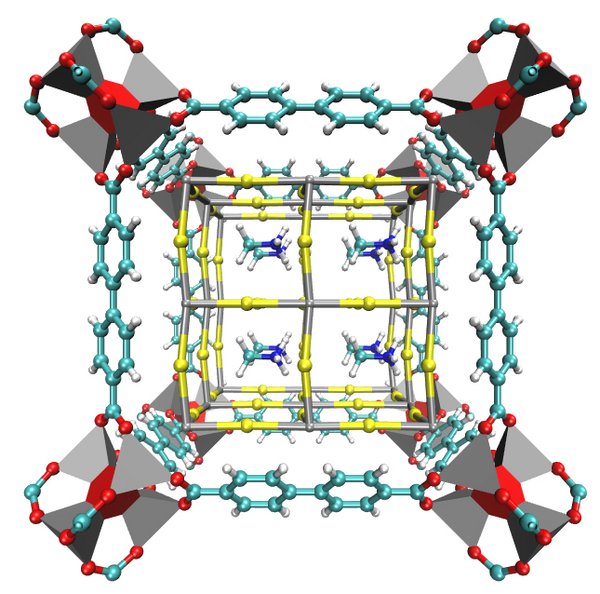
Combining different materials to improve their functionalities and performance is one of the challenges in materials science and technology. Metal-Organic Frameworks (MOFs) have demonstrated to be excellent candidates to enhance the stability of metal halide perovskites (MHPs). These semiconductors can improve the actual photovoltaic devices thanks to their appealing properties, but instability issues hinder their industrial applications. Encapsulating MHPs within MOFs leads to a novel class of hybrid materials denoted perovskite@MOF, overcoming the stability limitations.
We combine several computational techniques covering a wide range of size and time scales to obtain the main properties of perovskite@MOF composites. We use quantum (Density Functional Theory), semiempirical (Density Functional Tight Binding), and classical (Monte Carlo and Molecular Dynamics) simulations to describe the behavior of these hybrid materials. We study the structural, energetic, and dynamical properties of perovskite@MOF and its interaction with water and oxygen responsible for the perovskite degradation. A better understanding of the mechanisms that govern the physicochemical properties of perovskite@MOF will guide us to the design of novel materials for solar energy devices.